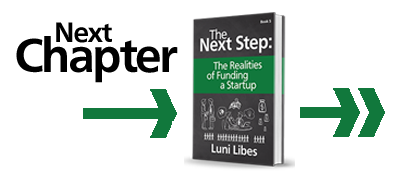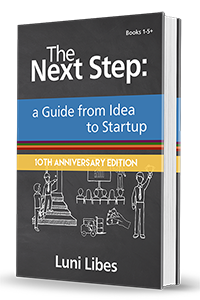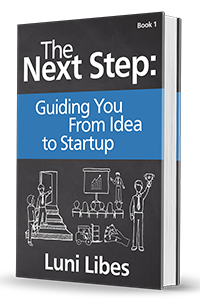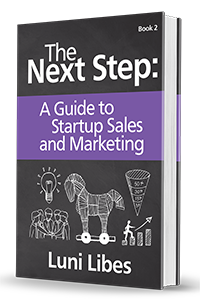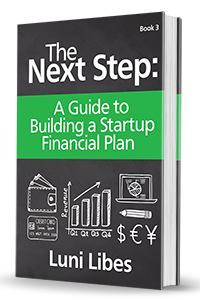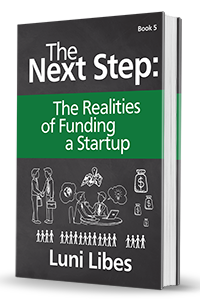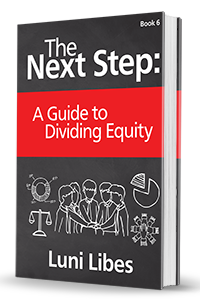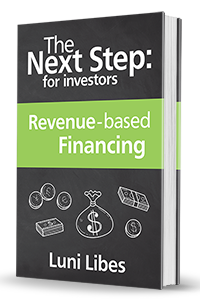Money costs money
There is a cost to raising money. The process not only takes time away from you running your business and the cost associated with that, but all investment capital comes with an expectation by investors that the money they’ll earn back is more than they’ll give you. The difference between those two numbers, investment capital and investment returns, is your cost of capital.
The structure of the investment and the specific terms therein determine how expensive that capital actually is, as well as how expensive it feels.
A loan from a bank is a very low cost form of capital, both in reality and in feel, as long as you have the money to make the payments. The cost is measured in the interest rate. For example, if the interest rate is ten percent, each dollar borrowed costs just ten cents in interest per year. For a loan with a five-year lifetime, those dollars will cost less than fifty cents each to borrow (less than if you are paying off the loan over five years, rather than just paying interest). From the lender’s point of view, receiving $0.50 in interest plus the original $1.00 returned is a 1.5x cash-on-cash return.
In comparison, selling equity is a very high cost of capital (if all goes well), as investors have an expectation of 10x cash-on-cash return. For example, for every $1 the investor spends on shares in your company, they are expecting at least $10. That may not sound too bad until you plug in the amount of money you need to reach profitability. For a $100,000 investment, the investors expect $1 million. For a $2 million investment, they expect $20 million.
For many entrepreneurs, the cost of selling equity does not feel onerous, as it is only paid upon success. Given that, on average, the successful 10x or higher returns take seven years, it is possible to estimate the equivalent interest rate of a 10x investment. Assuming a one-time cash investment in year one and a 10x sale in year seven, the internal rate of return is forty-seven percent. The reason this otherwise usurious cost of capital does not feel so high is that it is not visible while the company is operating. Unlike the bank loan, the company is not paying the investors anything while the company is operating. The return only comes (if it comes) when a new investor comes along to acquire the whole company or the company goes public (see Chapter 34).
The revenue-based investment structure in Chapter 20 falls in between the costs of debt and equity. Typical early-stage deals have a 2x-5x cash-on-cash return, and growth-stage deals range from 1.5x-3x. Unlike debt or equity, the cost of capital in these deals is often an explicit term. Like debt, the cost comes during the operations of the company. But unlike debt, the costs are relative to the revenues of the company, growing and shrinking with the business, and thus better match the ups and downs of startup revenues.
Renting Money
No matter the form, a simple way to think about the cost of capital is as rent. For startups, we have no problem thinking about renting office space, renting a moving van, renting/leasing a copier, etc., but we typically do not think about renting the startup capital.
The interest on a loan is nothing more than the rent for the use of the money. The multiple in a revenue-based investment is similarly just the rent of the initial capital, charged with a variable repayment. It is far harder to imagine equity as rent, but squint and you can see it.
In all cases, an investor hands money to a company, which is supposed to hand it back and more. The “and more” is the rent for the use of that money. The higher the risk that no money will be returned, the higher the rent.
As rent, I find the cost easier to live with. Startups have a list of necessary expenses, all of which have prices, as does the startup capital.

